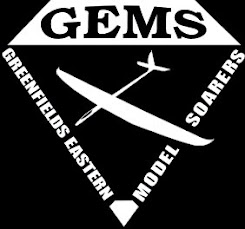One would have thought after 15 years of marriage I would have learned some skills from my highly organized wife by now, especially her planning skills……!! If I did then I would have had the rights parts for last nights build i.e. the correct length bicycle spokes for the aileron torque rods.
So the bulk of last night’s available building time was spent scratching my head and eventually manufacturing my own torque rods with some wire, brass tube and ball links. The only other option would have been to mount the servos further outboard with direct push rods but I don’t like the idea sticking unwanted bits in the airflow and creating weak spots in the wings where the cut-outs for the servos would have been.
| For the inboard end of the torque rods I made use of some ball links lying around which were soldered to a short section of brass tube. The other end was soldered to the inboard 90° bend of the torque rod. These will be connected to the servos via small pushrods. | |
| The hardest and most delicate part of making the torque rod was putting the outboard bend in it without ripping the wing apart. This because it has to be done with the torque rod already installed and the wire I had is as hard as hell!! This bend fits into a second piece of brass tubing that was inserted into the flutes of the aileron. |
The section of torque rod inside of the wing is supported on both ends by a 25mm section of plastic tube inserted into the flute to take up the slop. In the end I was extremely satisfied as the whole setup resulted in ZERO slop on the ailerons.
The two servo slots in the servo tray and the plan’s lack of indicating the rudder position had me puzzled once more. After speaking to my “consulting engineer” on the project, Gert Nieuwoudt :), I decided to not add a rudder on the model as it would only complicate matters of where to route and exit the push rod for the rudder, possibly weakening the fin and as Gert pointed out the model has a very short tail so the rudder would probably not have been as effective as I would have liked. Only after our conversation it dawned on me again that as this model was originally designed as a power combat plane the second servo position in the tray was for the throttle…… DOH!


.jpg)
No comments:
Post a Comment